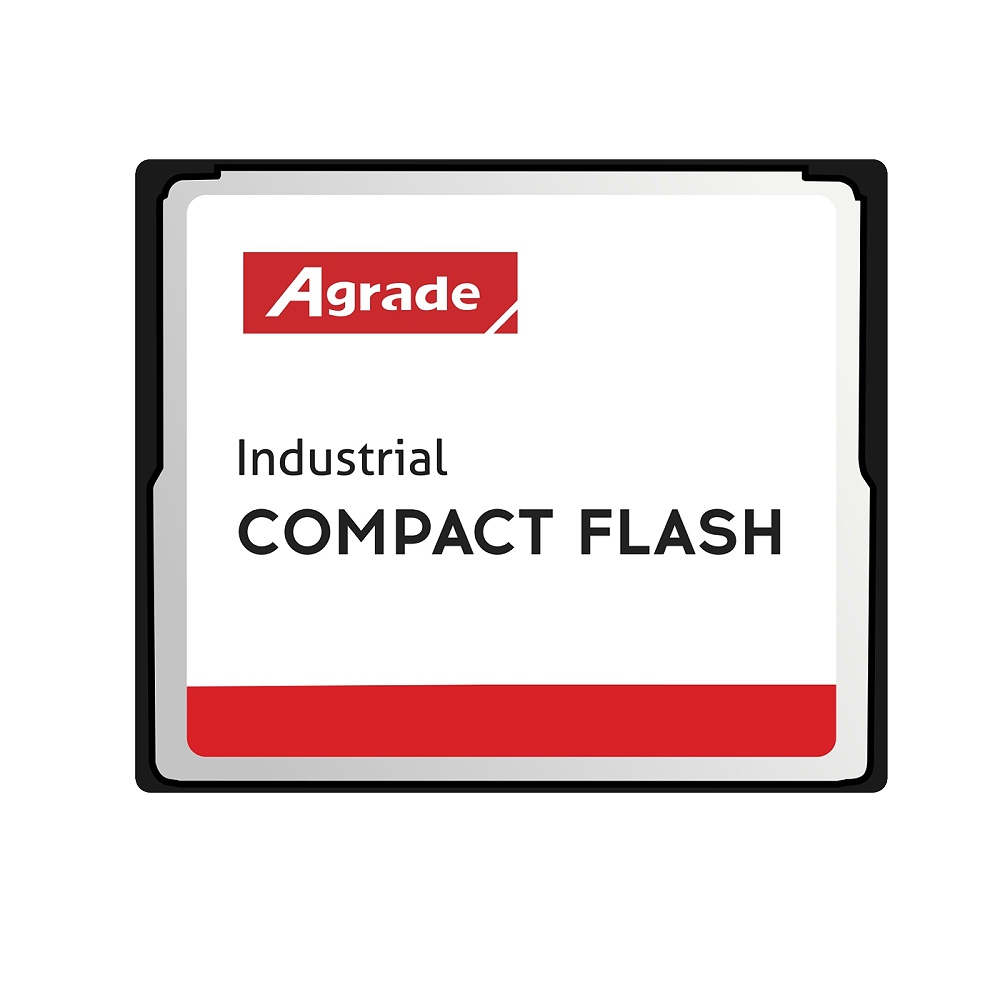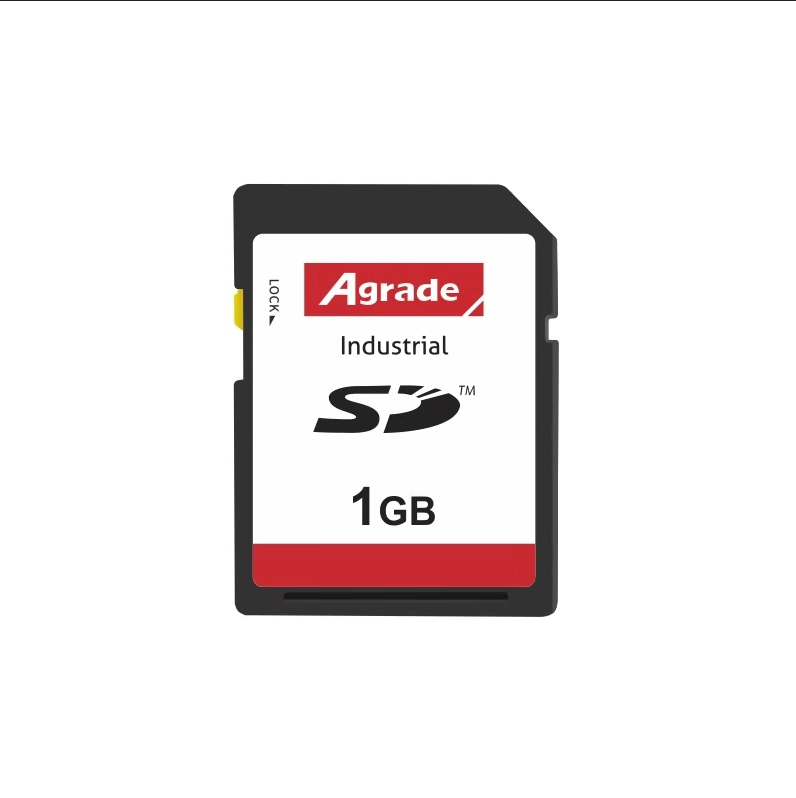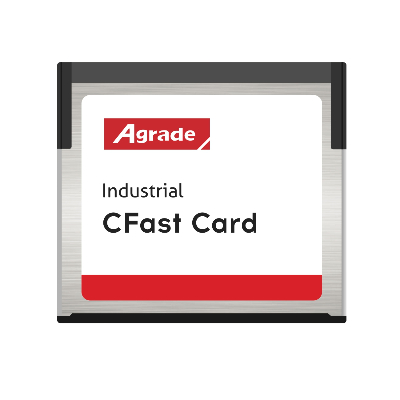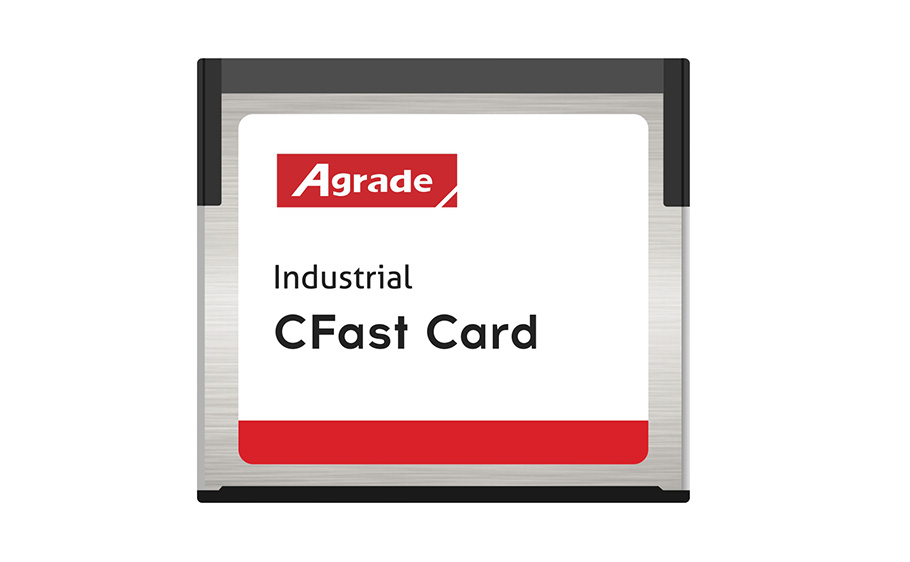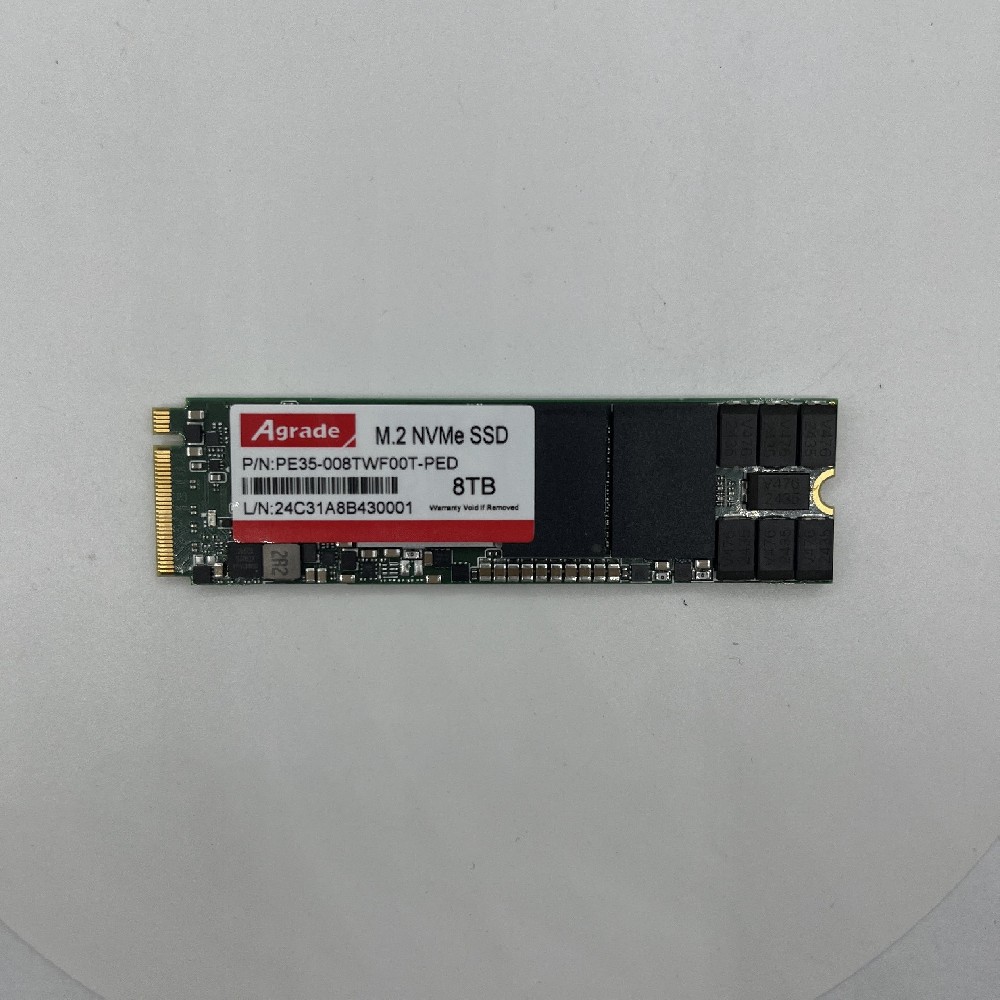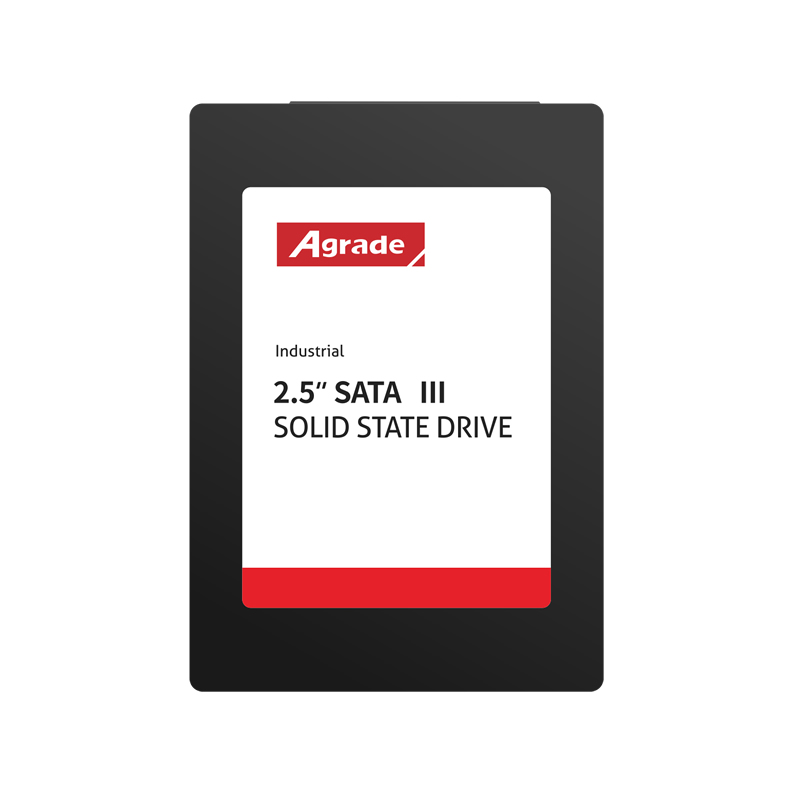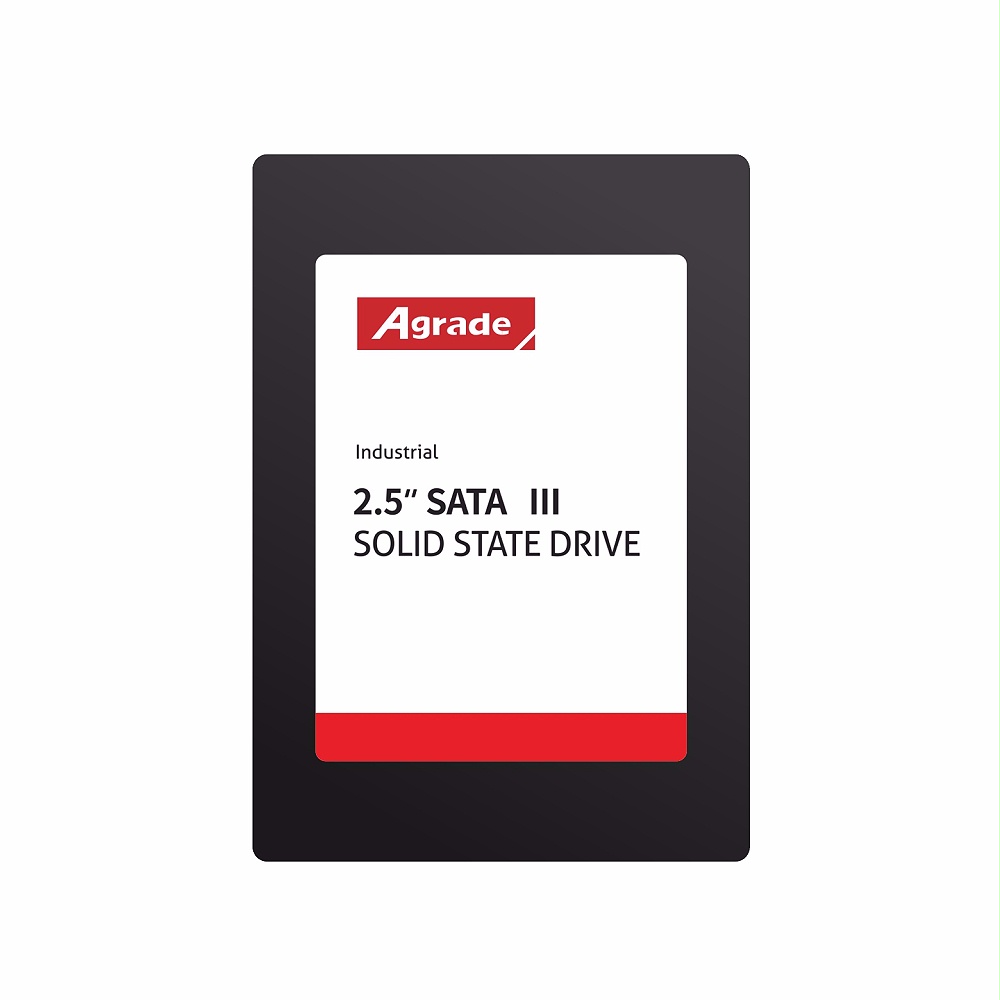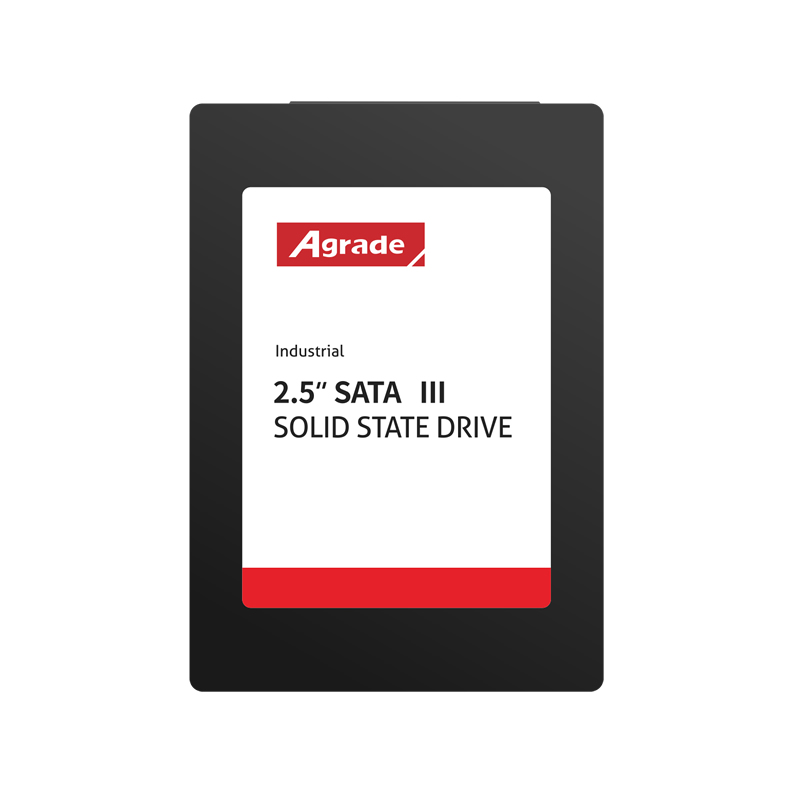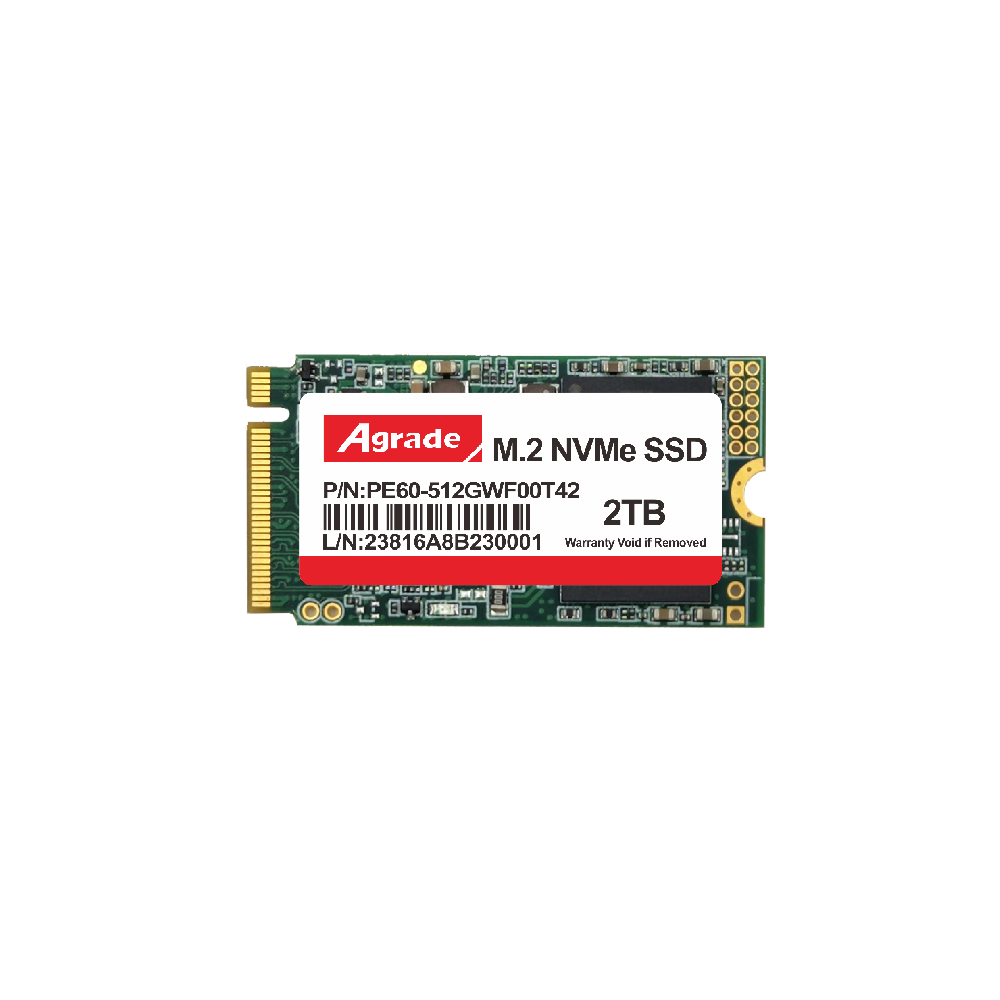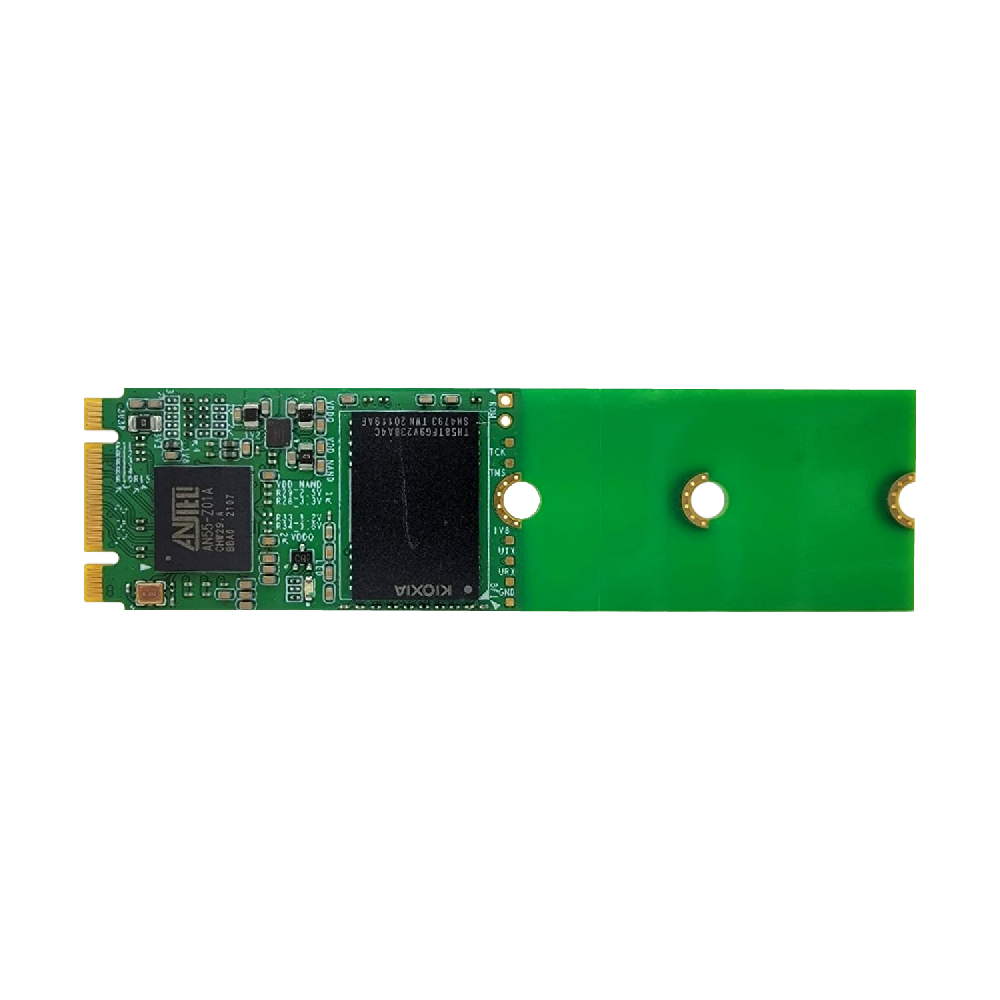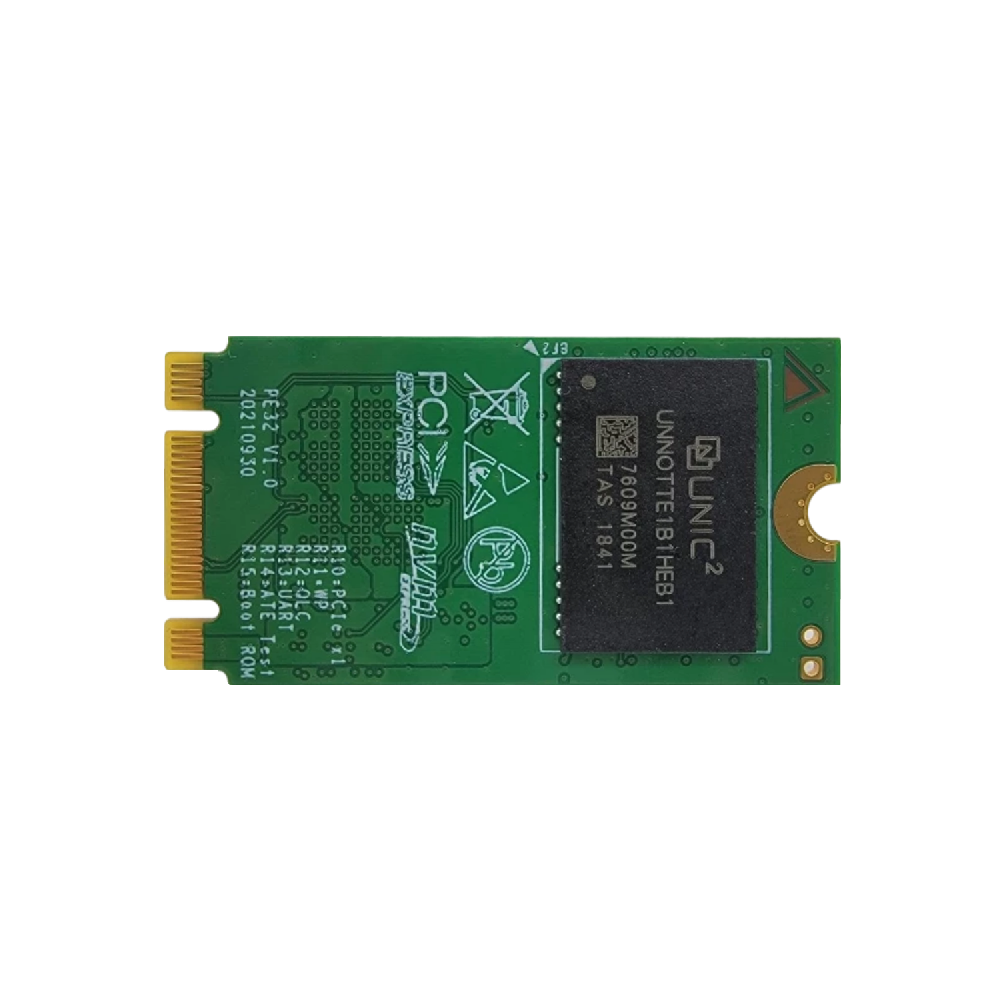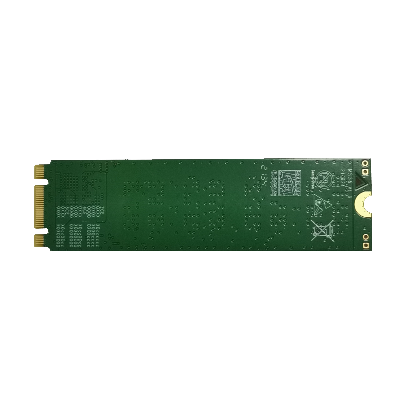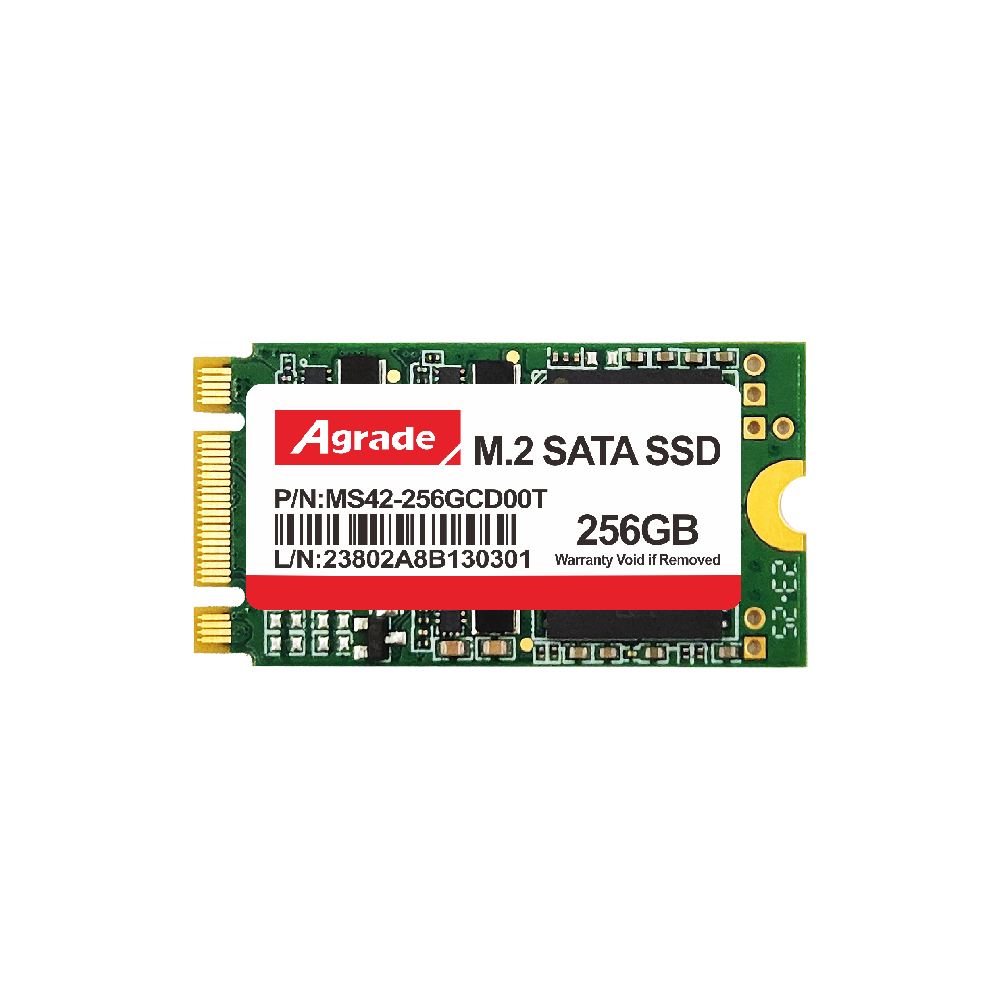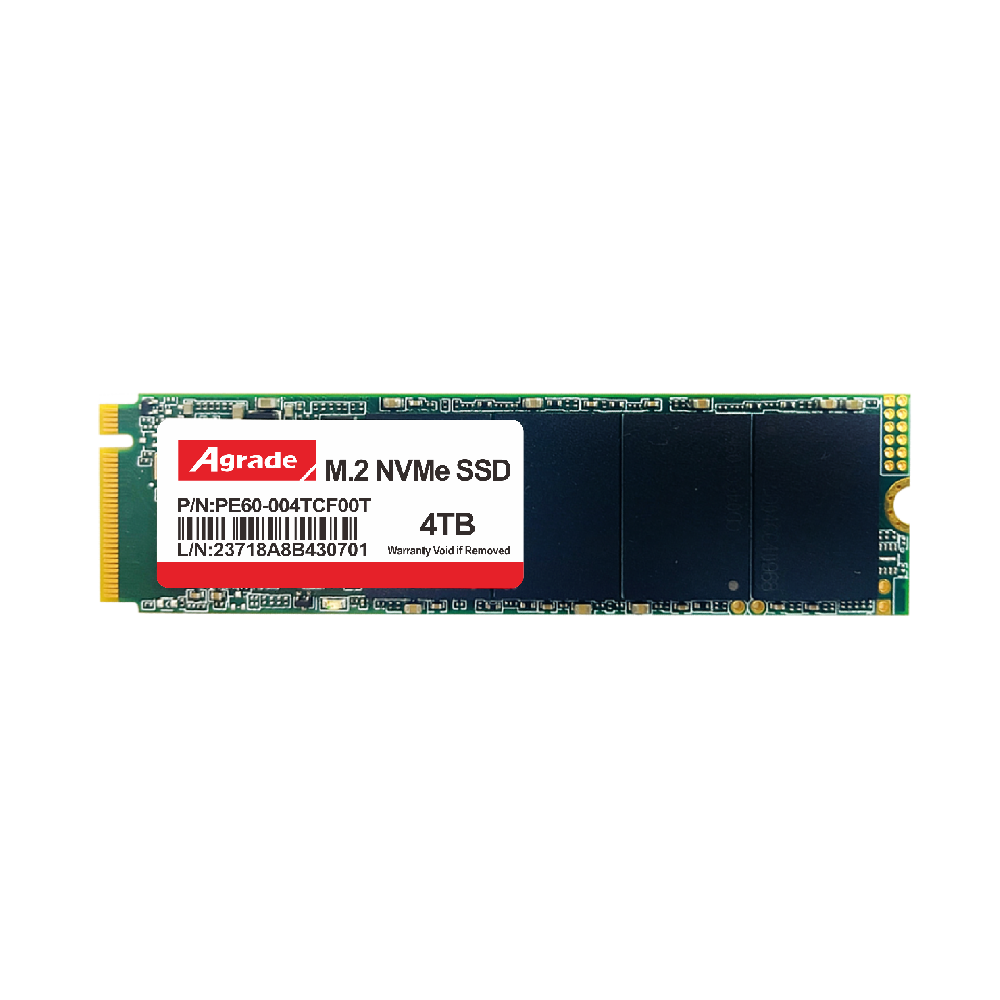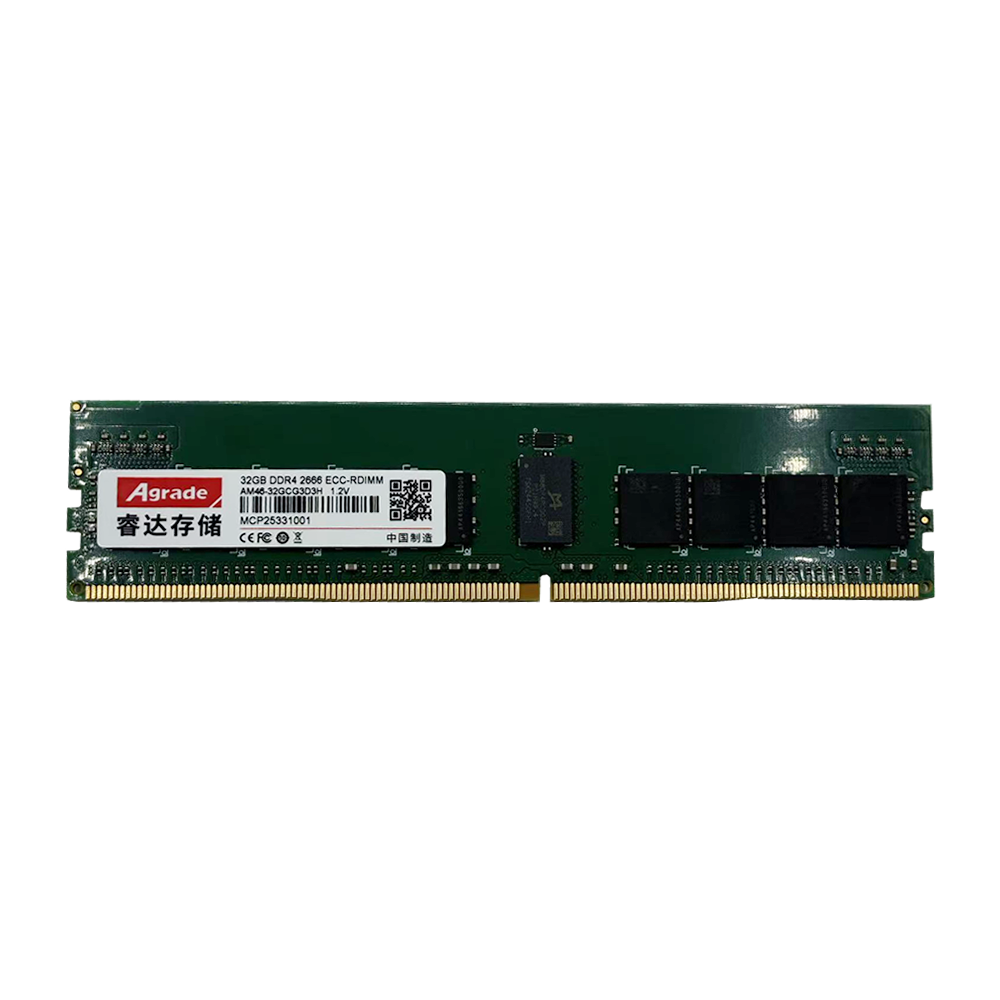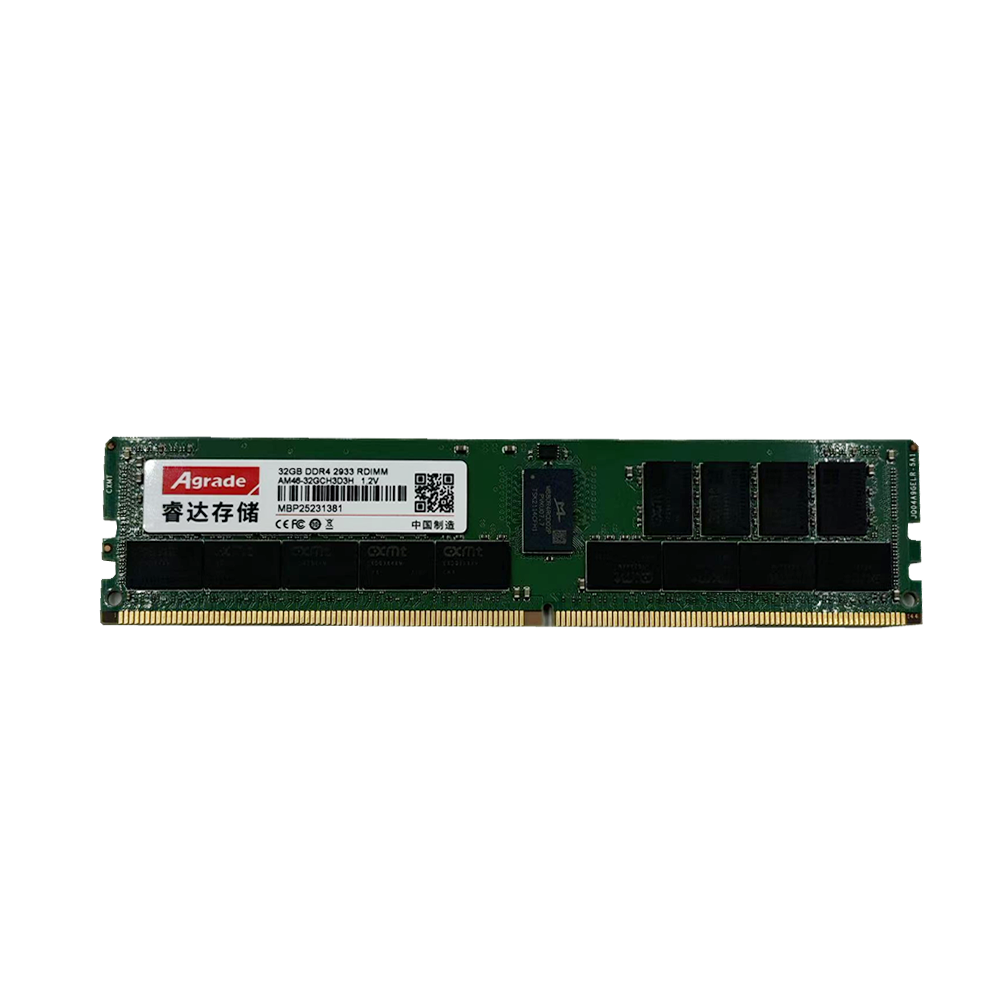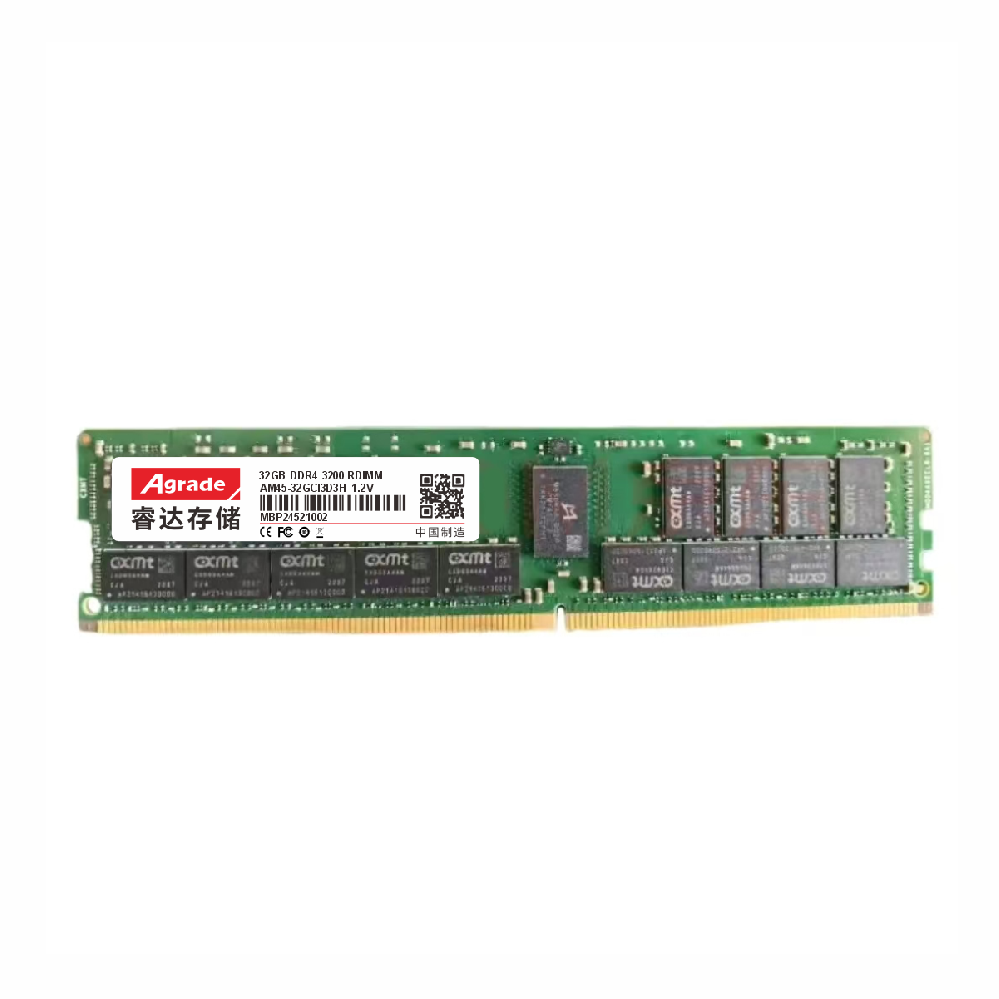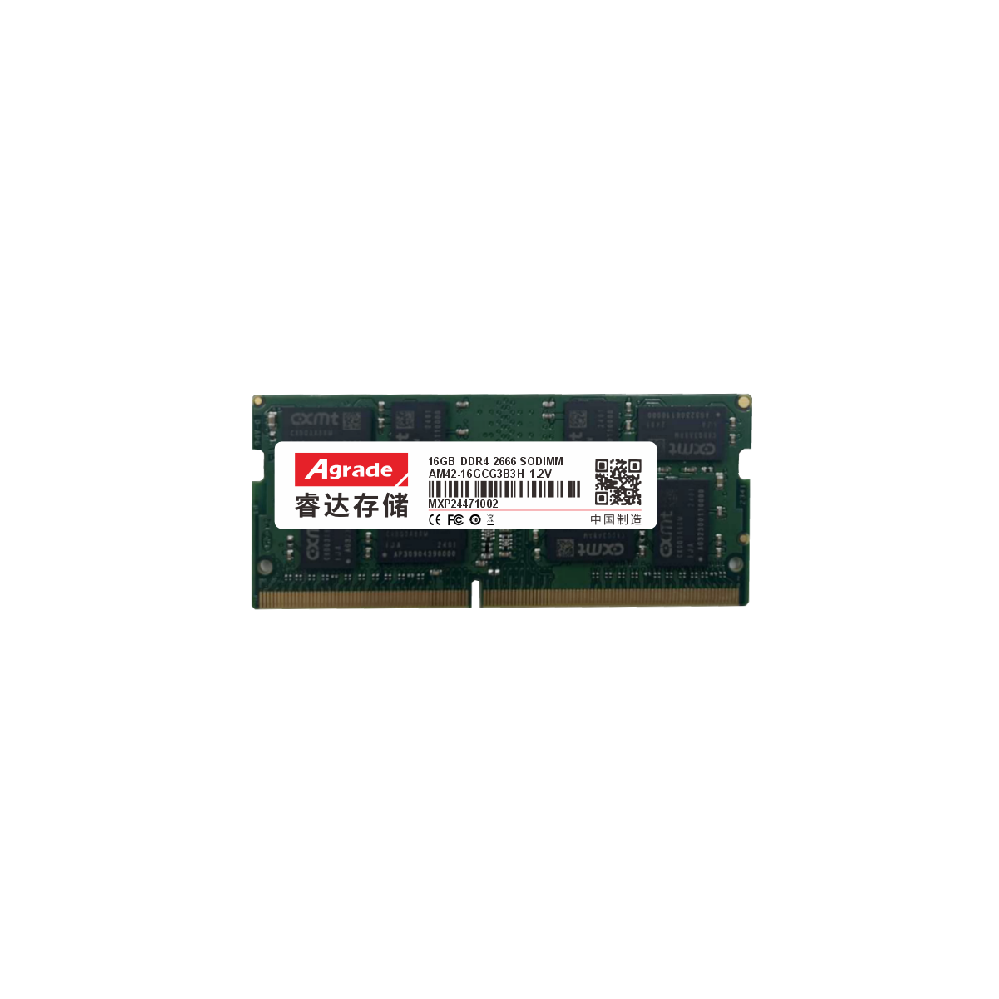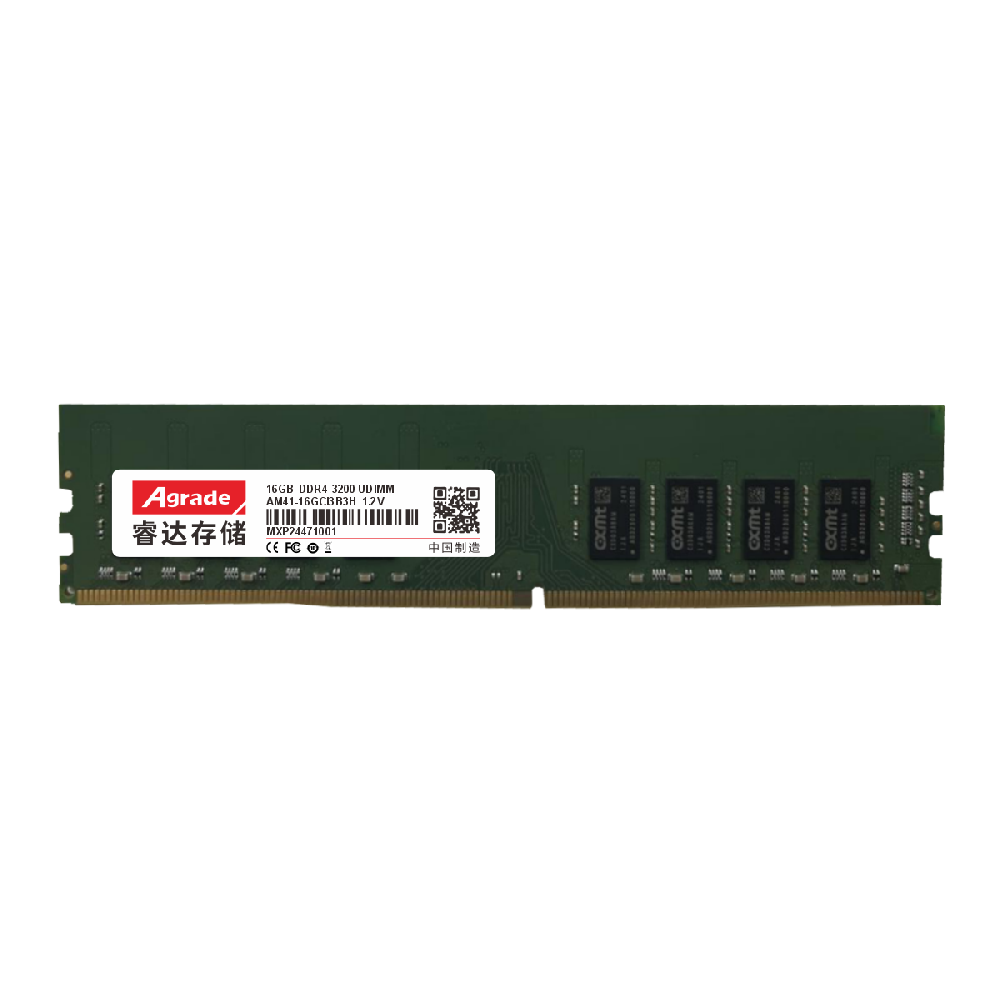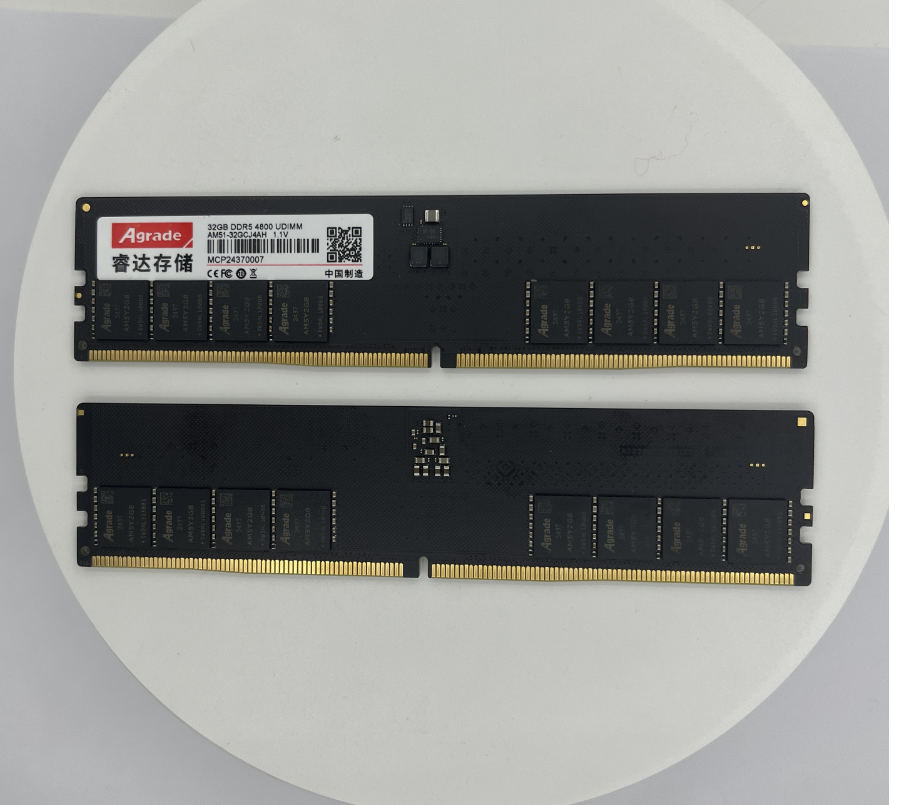

News
 电商部
电商部  2025-11-13 10:41:53
2025-11-13 10:41:53 Four steps to identify industrial grade CF cards
Industrial grade CF cards, as key storage carriers for industrial control, security monitoring, and other scenarios, have significant differences in durability and environmental adaptability compared to consumer grade CF cards. Mastering the following four identification methods can effectively avoid selection errors.

1、 Check appearance identification: capture key information
The shell or label of industrial grade CF cards will be marked with exclusive identification. Firstly, pay attention to the temperature range, with the core feature being printed with "-40 ° C~85 ° COperatingTemp" (mostly 0 ° C~60 ° C for consumer grade products), and some products may also be labeled with storage temperature (-55 ° C~95 ° C). Secondly, check industry certifications to ensure compliance with CE, FCC certifications, and industrial standards (such as EN61326-1), while also paying attention to seismic and drop resistance parameters (such as 1500G/0.5ms impact, 5-500Hz vibration) and MTBF values (mostly ≥ 1 million hours). Brand models with prefixes such as "Industrial" and "Pro" are more likely to be industrial grade.
2、 Focus on core parameters: durability and reliability
The durability parameter is the core distinguishing point. Industrial grade CF cards will be clearly labeled with P/E cycle times (more than or equal to 3000 times, some high-end models up to 10000 times) and total write byte counts (TBW). For example, 8GB capacity products can achieve TBW of over 100TB, meeting long-term high-frequency write requirements. In terms of performance, attention should be paid to the stability of continuous read and write speed. Industrial grade products have small speed fluctuations under high loads and will be marked with ECC error checking (mostly supporting 8/16 bit ECC) and bad block management technology, which are rarely mentioned in consumer grade products.
3、 Test environmental performance: simulate industrial scenarios
Tools can be used to verify the adaptability of the environment. Using a temperature chamber to simulate extreme temperatures, industrial grade CF cards should be able to start normally and maintain stable read and write operations at low temperatures of -40 ° C or high temperatures of 85 ° C. Simulate industrial environment vibrations (such as 10-2000Hz) through a vibration test bench, and use tools such as CrystalDiskMark to monitor read and write error rates. If there is no significant increase, it meets the standard. At the same time, the health status can be checked through CF card specific detection software (such as TranscendSDSscope), and industrial grade monitoring such as "wear level" and "error counting" is more comprehensive.
4、 Nuclear manufacturer qualification: Tracing the source of quality
Priority should be given to brands that specialize in industrial storage. These manufacturers will provide detailed specifications, clearly indicating the type of flash memory particles (mostly SLC/MLC), controller solutions, and protective technologies (such as moisture and corrosion prevention). If the manufacturer only indicates basic parameters such as capacity and speed without specifying functions such as wide temperature and anti-interference, it is likely to be a consumer grade product. If necessary, third-party testing reports can be requested to confirm compliance with ISO9001 quality system and industrial environmental testing standards.
In short, identifying industrial grade CF cards requires focusing on the three core principles of "wide temperature adaptability, high durability, and strong stability". Through identification verification, parameter analysis, performance testing, and qualification traceability, the selected products are ensured to be suitable for complex industrial scenarios.

